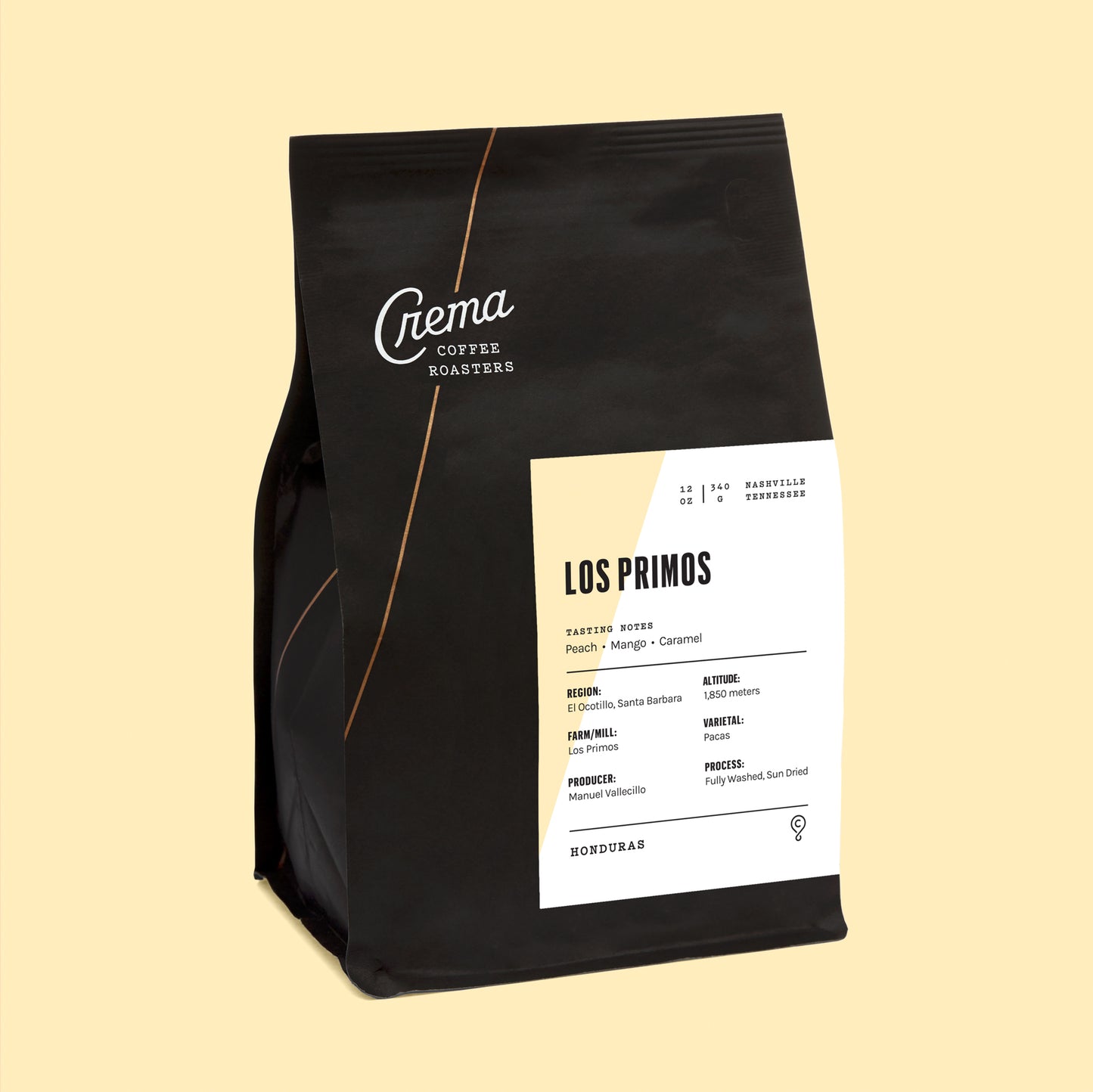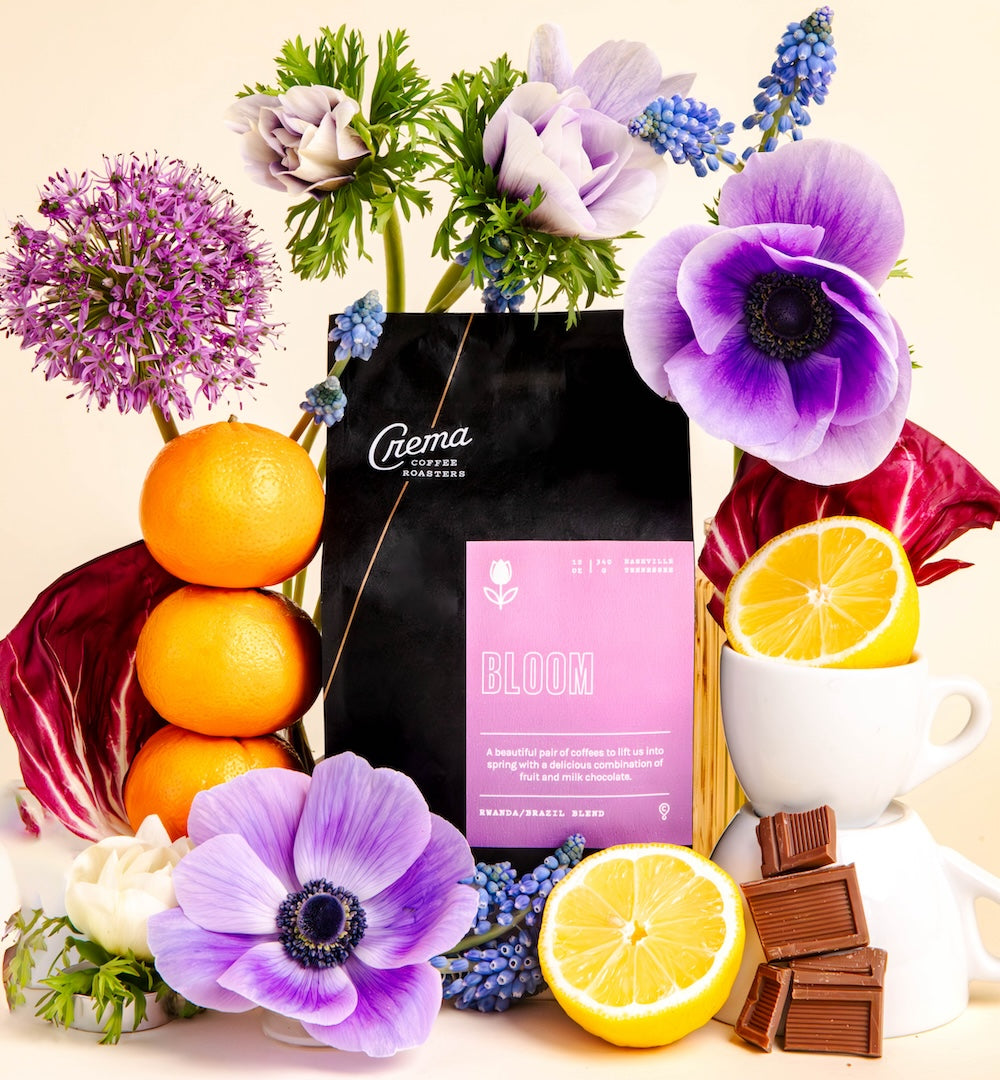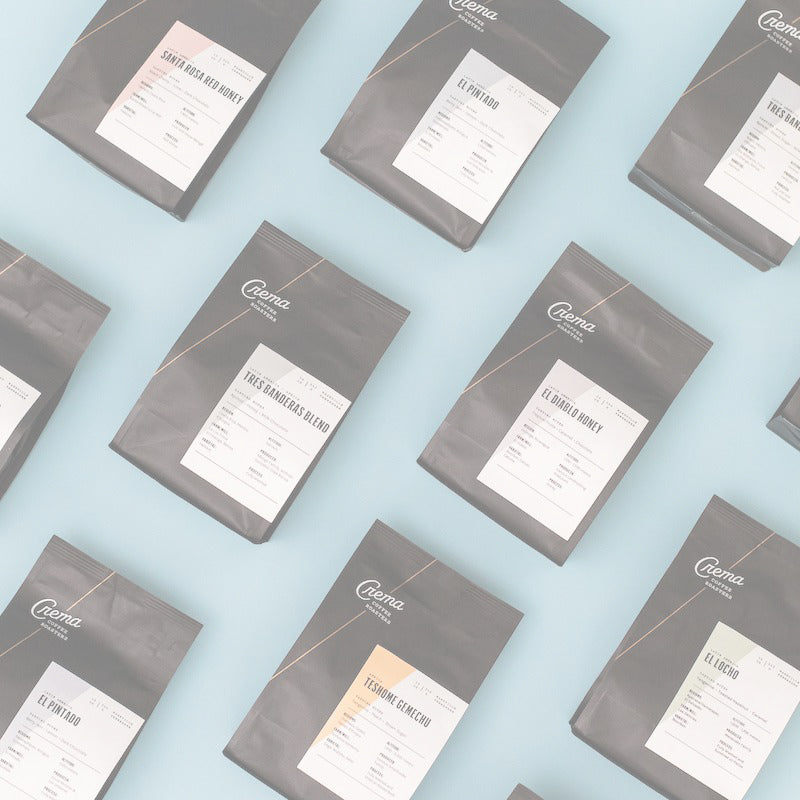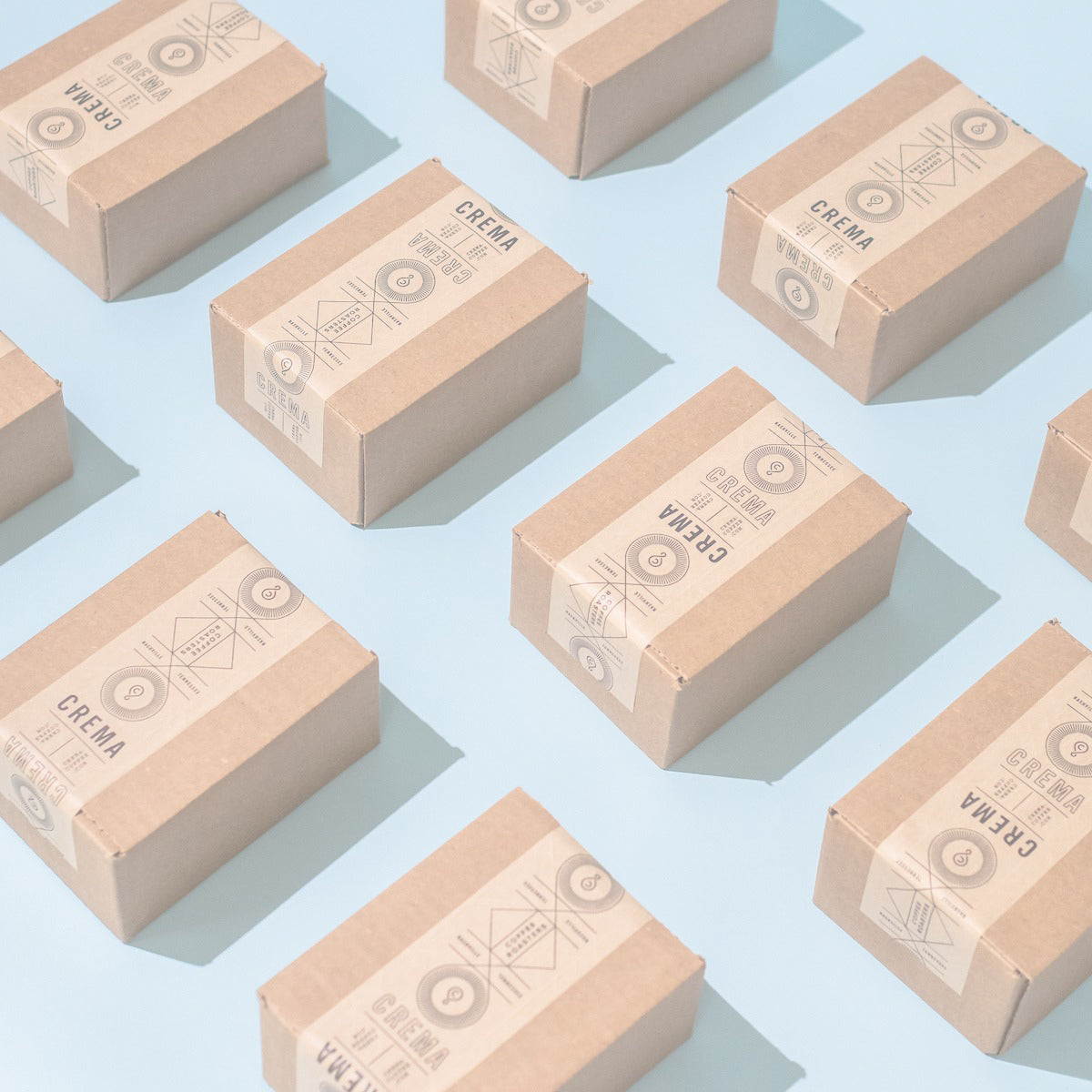I got on the plane in 2015, but I think this trip started for me sometime in 1996.
I was a senior in high school. I had a free period in the middle of the morning and a car to get off campus. So a couple of times a week I would drive four blocks to the donut shop. I would get a glazed donut, a cake donut, and a cup of coffee. The coffee was, of course, beige. It would shoot out of a spout whenever the donut-guy pressed the button on his automatic french vanilla cappuccino machine. It was sweet and syrupy and caffeinating and I would drink it in the car and try not to spill any on my shirt before class. That was coffee.

It turns out El Salvador is a lot closer than I thought. CREMA sent me and Nick. I brought my wife, Tasha (just in case anything good happened). She brought her teddy bear (just in case nothing good happened). The four of us board the flight not knowing much about where we will land. It only takes 3 ½ hours to fly from Dallas to San Salvador. You just fly over Mexico, pass Guatemala and then you’re there. Three countries away in the time it takes to drive from Nashville to Atlanta. We land, get through customs and are greeted by our hosts, Miguel and Guillermo Menendez. The Menendez family owns the farms where some of CREMA’s favorite coffees are grown. Miguel and Guillermo welcome us warmly and get us settled in.




I got my first job at a coffee shop in 2003. I learned how to wake up early and unlock the store. I’d measure the coffee, grind it, and brew it. It turns out coffee beans are black, not beige. And it turns out coffee comes from Oklahoma in shiny black plastic bags that say things like “Dark Sumatra” across the front. I learned that as long as I got the coffee ready before the customers showed up, people were usually glad to see me. Most days, my first customer was Diane. She lived on a bus bench across the street. She would wait by the door at 7:00. I’d sell her a large paper cup of drip and we’d wait for the rest of the customers to show up. That was coffee.
On our first day in San Salvador, we wake up slow and try to ease into things. The woman at the hostel gives us a surprisingly delicious breakfast of refried black beans and plantains. We talk to the parrots in the cage by table and wonder if the weather will stay so nice. Miguel and Guillermo pick us up and we pile in the truck. We drive away from San Salvador’s beaches and into the mountains of Ahuachapan. That afternoon we meet Don Miguel, the patriarch of the Menendez family. We talk coffee while they feed us the first of many amazing meals. I realize I’ve seldom been around anybody who wasn’t in a hurry. We take our time filing back to the trucks and then head for the mill.

I started working at CREMA six years ago and was surprised to find out I still had a lot to learn about coffee. For instance, it turns out coffee beans are brown, not black. The lighter roast brings out flavors that the darker roasts mask. I learned that black coffee can have more sweetness, flavor, and body than I ever knew. I tried more variety and sipped slower. I got to know customers and made cubans. That was coffee.
The dirt road to the Piedra Grande Mill is bumpy to say the least. We sway in our seats and drive by people walking to work. Coffee farms line either side of the road, but many of the trees have been destroyed by roya, or “rust”, a parasitic fungus that attacks coffee plants and has been spreading across Central America. When we arrive on the Menendez property, the difference is startling. They’ve invested in ways to fight the rust. Their plants are green and robust. The Mill itself is beautiful. Everything is clean and organized. Rows of just-washed beans cover the drying patios. We tour the grounds and then go inside to cup this year’s crop.






Three years ago, CREMA started roasting coffee. It would show up in 150 pound burlap bags. Sometimes they would come from El Salvador. Turns out coffee beans are green, not brown. It was exciting to serve coffee that was roasted right in the shop. I watched as CREMA’s roasters learned the processes and then learn them better. There were always new coffees to cup. There was so much information. So much skill and science and sensation. My friends would taste and study and talk. And that was coffee.
On our second day, we walk the farms. At Las Delicias, we follow Don Miguel down a winding mountain trail through dense rows of some of his highest grown coffee. Don Miguel has been walking these farms since the 1960s when he was a just-married 18 year old. As he moves down the mountain, he is a man in his element. With every few steps his hands reach out automatically to prune a stray branch or pull up an overlooked weed. He stops and points to a ripe bunch of coffee cherries. “This would make a good picture”. It turns out coffee is red, not green.



We drive out to see the pickers working on the edge of Santa Barbara. They work fast. Men and women, many of whom work for Don Miguel every season. They get paid more if they pluck the ripe fruit without breaking the branches that will bear next year’s crop. We follow Don Miguel through El Rosario, the first farm he owned. He shows us where he’s replacing the old bourbon plants with heartier, stouter catturas and pacamara varietals. These new plants will hold up better against the rust and the wind.
The next day, we go to the Menendez Cafe at the San Salvador airport. They’ve run a shop there since the 90s, selling their own beans to travelers. Nick and I pull shots on the espresso machine with Roberto, a young barista who is about to compete in El Salvador’s national coffee competition. Despite a language barrier, we learn from each other and make drinks together.
Returning home, I’m reminded that the Donut guy and the coffee pickers, Diane and Don Miguel, Me and Roberto, the Menendez family and the customers that I sell coffee to every day are all part of my coffee story. And usually, I can drink a cup of coffee without thinking about all that. But I know now more than ever that there are people involved in every step of the process and there are a lot of steps. So with my next sip, I’ll try to remember. And that’s coffee.
All photos by Tasha French Lemley.









